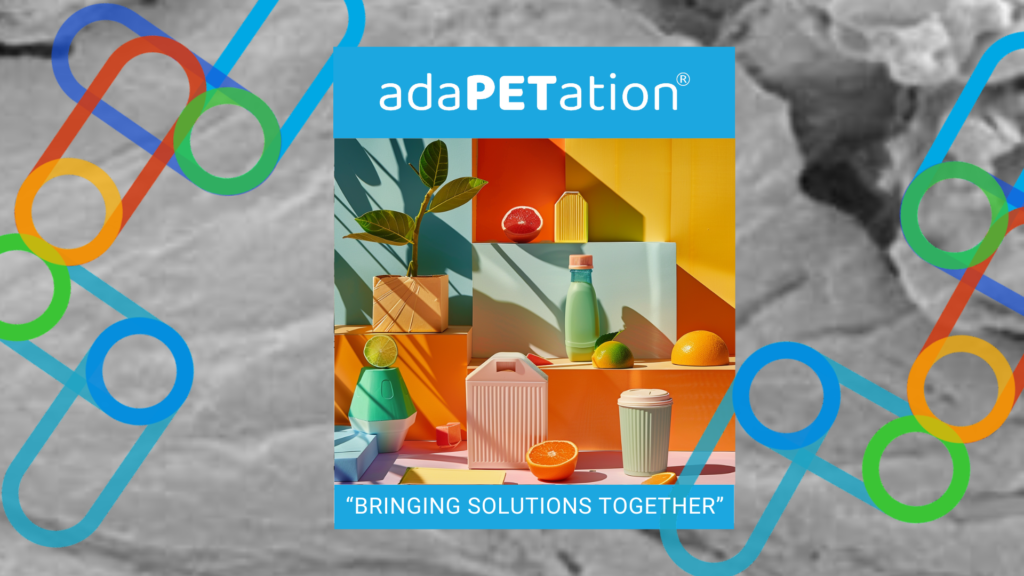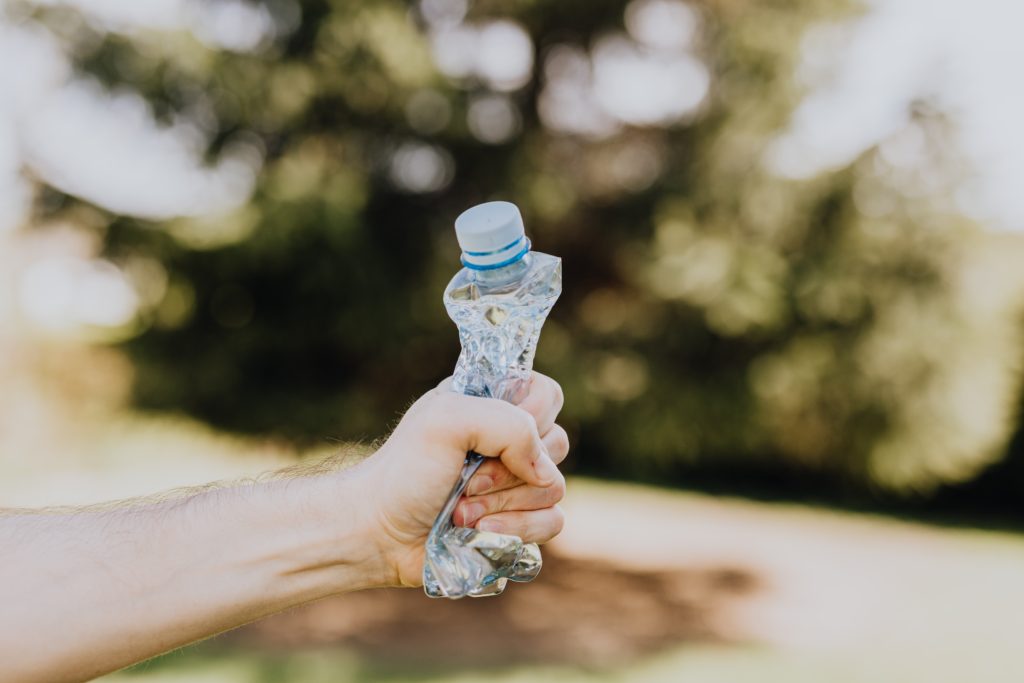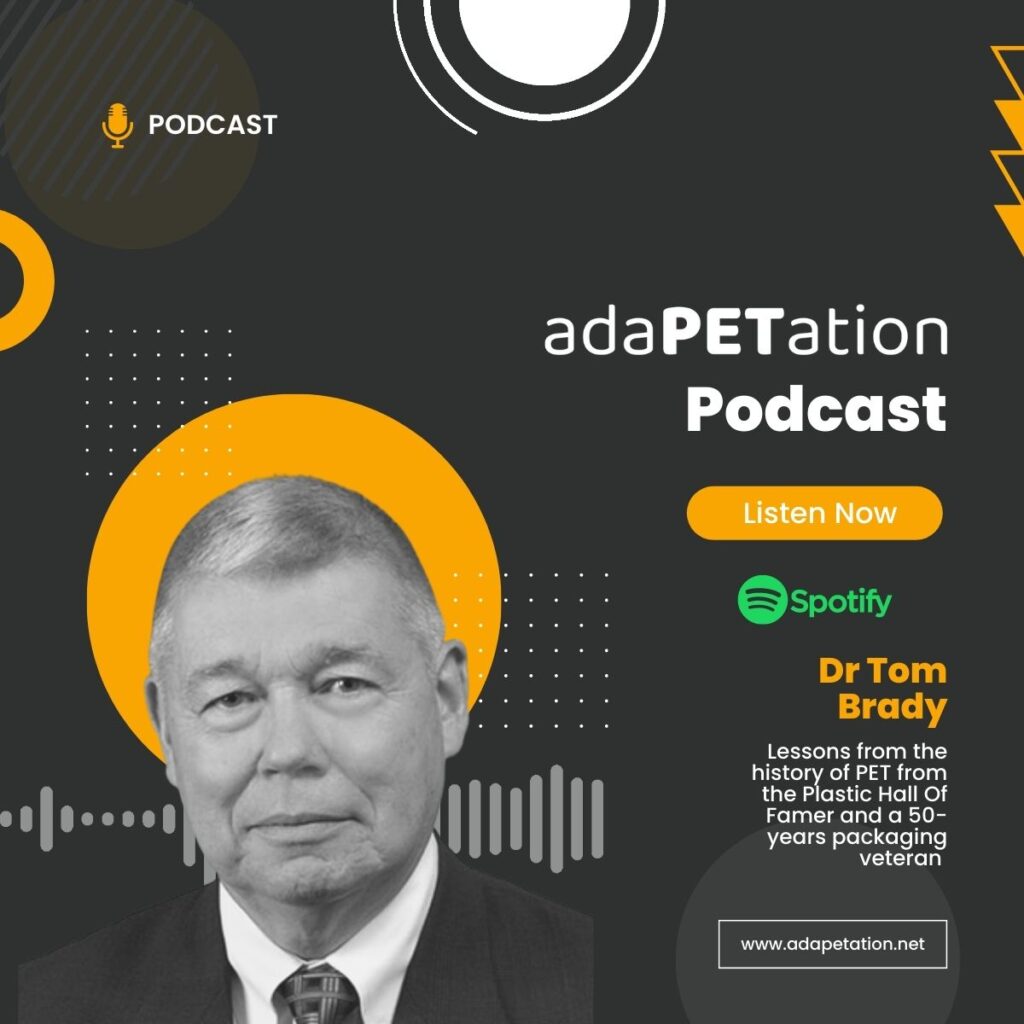
Discover ten leading sustainable PET packaging innovations driving the transition to a regenerative future. From recycling revolutions to smart packaging, these advancements highlight the role of PET plastics in creating a more sustainable world.

As the world moves towards sustainability, the PET polymers industry is embracing innovations that drive the transition to a regenerative future. From renewable energy to smart packaging, these advancements demonstrate the critical role of PET plastics in creating a more sustainable world. Here, we explore ten leading sustainable PET packaging innovations that are shaping the future of the industry.
- Reusable PET – Reusable PET containers are designed for multiple cycles of use, significantly reducing waste. These containers are durable and can be refilled and reused many times before being recycled, promoting a circular economy and reducing the demand for single-use plastics.
- Recycled PET (rPET) – Recycled PET (rPET) is produced by recycling post-consumer PET products. This innovation helps conserve resources and reduces the environmental impact associated with producing new PET. rPET is widely used in packaging, offering a sustainable alternative to virgin PET.
- Lightweighting – Lightweighting involves designing PET packaging to use less plastic while maintaining strength and durability. This approach reduces the amount of raw material needed, lowers carbon emissions during production and transportation, and helps minimise environmental impact.
- Plant-based PET – Plant-based PET is made from renewable plant materials instead of fossil fuels. This bioplastic reduces reliance on non-renewable resources and lowers greenhouse gas emissions, making it a more sustainable option for PET packaging.
- Smart packaging – Smart packaging incorporates technologies like QR codes and RFID tags to improve the recyclability and functionality of PET packaging. These features can enhance consumer engagement, track product life cycles, and ensure proper disposal and recycling.
- Refillable PET packaging – Refillable PET packaging is designed for multiple uses, encouraging consumers to refill rather than dispose of containers. This approach reduces waste and promotes a circular economy by extending the life cycle of the packaging. Many brands are adopting refill systems for products like beverages and personal care items.
- Mono-material PET – Mono-material PET packaging is designed entirely from PET, eliminating the need for mixed materials that are difficult to recycle. This innovation ensures that packaging can be easily and efficiently processed at recycling facilities, improving overall recyclability.
- Digital watermarks – Digital watermarks are invisible codes embedded in PET packaging that can be detected by specialised recycling facilities. These watermarks help sort and process PET materials more accurately, leading to higher-quality recycling outcomes.
- Reverse vending machines – Reverse vending machines accept used PET bottles and containers, rewarding consumers with incentives such as cash or discounts. These machines make recycling convenient and efficient, encouraging more people to participate in recycling programs and ensuring a higher collection rate of recyclable materials.
- Biomimicry in PET design – Biomimicry involves using nature-inspired designs to enhance the functionality and sustainability of PET packaging. By mimicking natural structures, PET packaging can be made stronger and more efficient, reducing the amount of material needed and improving its environmental footprint.
PET’s role in a sustainable future
The PET packaging industry is at the forefront of sustainable innovation, with numerous advancements aimed at reducing environmental impact and promoting circular economy principles. By embracing these leading sustainable PET packaging innovations, the industry can continue to make strides towards a more sustainable future.
LOOKING FOR MORE INSPIRATION?
Systems thinking can help us see PET plastics differently, not as an insurmountable problem but as a challenge we can collectively address. If you’re looking for more examples of inspirational solutions around the world dive deeper into the adaPETation® Solutions Network and let’s reshape our world for the better.
Share it
THE HISTORY OF PLASTIC
Throughout the history of plastic, PET has been crucial in keeping food fresh with lightweight and durable packaging solutions that have helped reduce food waste for almost a century. Learn all about the invention of plastic and the important role it has played feeding people and saving the lives of humans and elephants in the adaPETation® timeline of the history of plastic.





